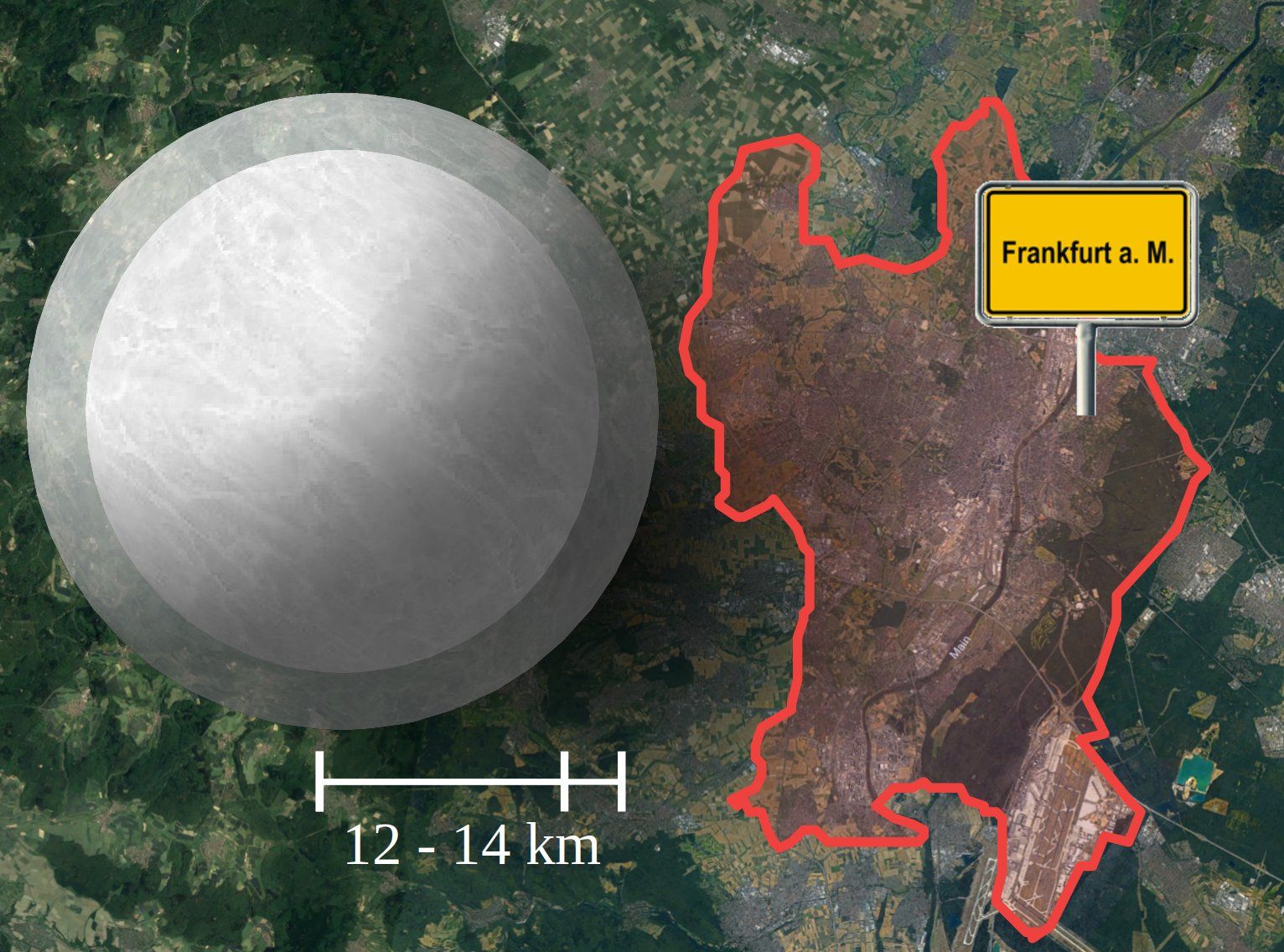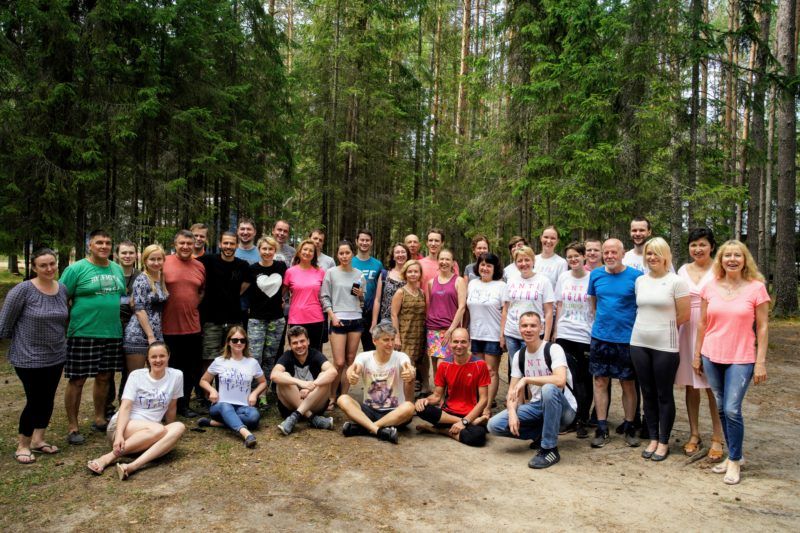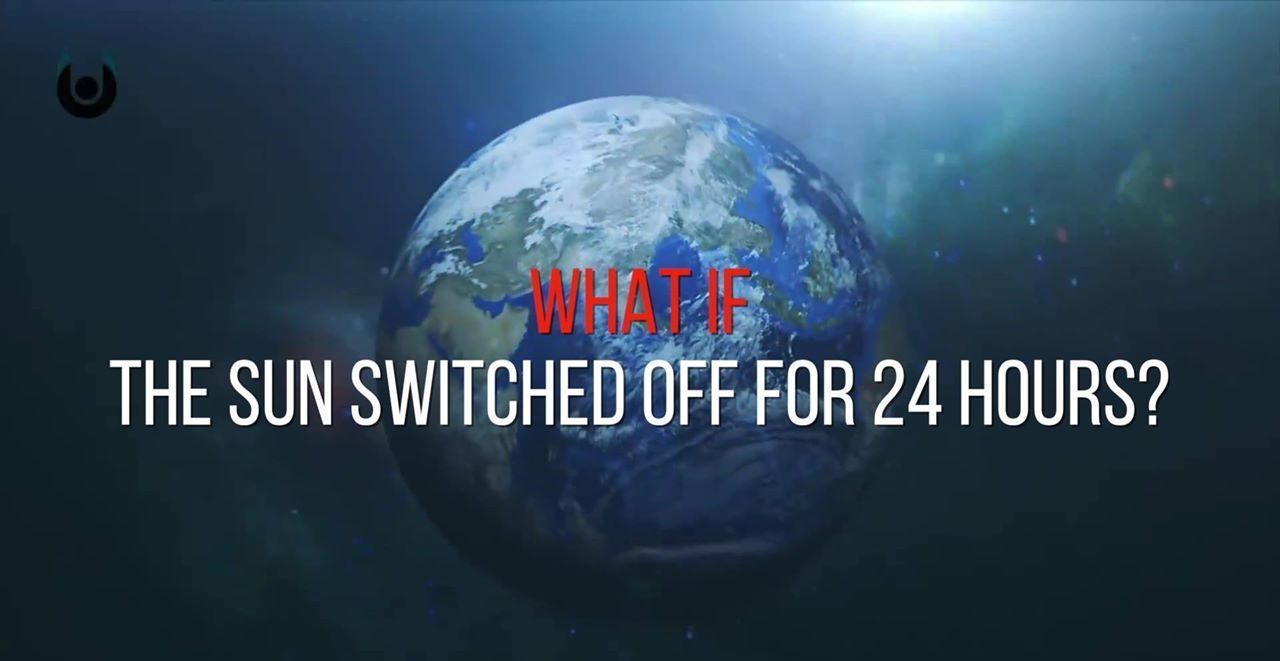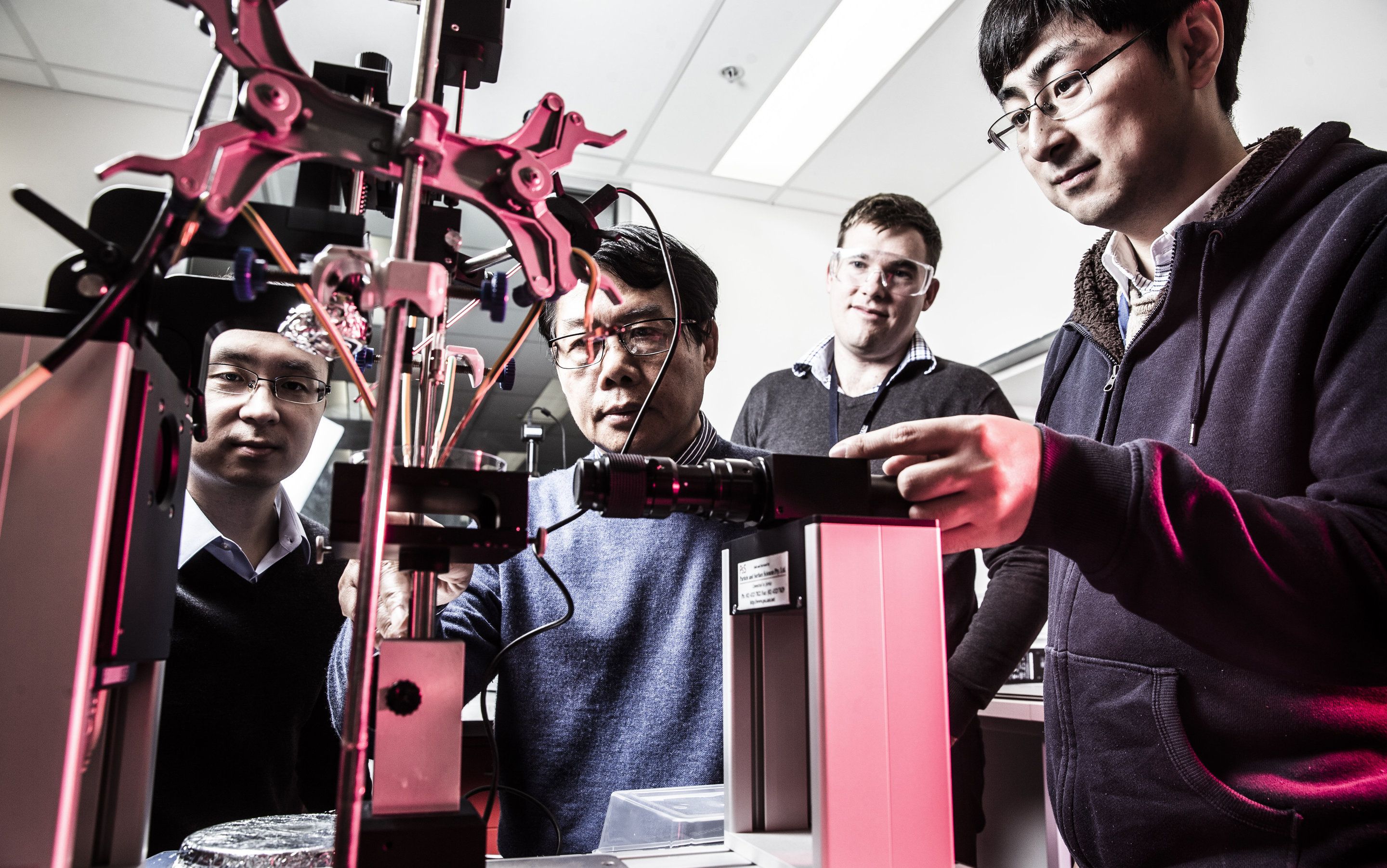Page 9674
Jul 11, 2018
Scientists Invented AI Made From DNA
Posted by Shailesh Prasad in categories: biotech/medical, robotics/AI
Jul 11, 2018
Physicists set limits on size of neutron stars
Posted by Genevieve Klien in categories: cosmology, physics
How large is a neutron star? Previous estimates varied from eight to 16 kilometres. Astrophysicists at the Goethe University Frankfurt and the FIAS have now succeeded in determining the size of neutron stars to within 1.5 kilometres by using an elaborate statistical approach supported by data from the measurement of gravitational waves. The researchers’ report appears in the current issue of Physical Review Letters.
Neutron stars are the densest objects in the universe, with a mass larger than that of our sun compacted into a relatively small sphere whose diameter is comparable to that of the city of Frankfurt. This is actually just a rough estimate, however. For more than 40 years, the determination of the size of neutron stars has been a holy grail in nuclear physics whose solution would provide important information on the fundamental behaviour of matter at nuclear densities.
The data from the detection of gravitational waves from merging neutron stars (GW170817) make an important contribution toward solving this puzzle. At the end of 2017, Professor Luciano Rezzolla, Institute for Theoretical Physics at the Goethe University Frankfurt and FIAS, together with his students Elias Most and Lukas Weih already exploited this data to answer a long-standing question about the maximum mass that neutron stars can support before collapsing to a black hole—a result that was also confirmed by various other groups around the world. Following this first important result, the same team, with the help of Professor Juergen Schaffner-Bielich, has worked to set tighter constraints on the size of neutron stars.
Continue reading “Physicists set limits on size of neutron stars” »
Jul 11, 2018
How all your wheels are going to change
Posted by Genevieve Klien in categories: futurism, transportation
It’s not just your car’s wheel that’s getting an upgrade. From bikes to NASA rovers, there’s a wheel of the future for everyone.
Jul 11, 2018
These solar arrays fold up like origami flowers
Posted by Genevieve Klien in category: space
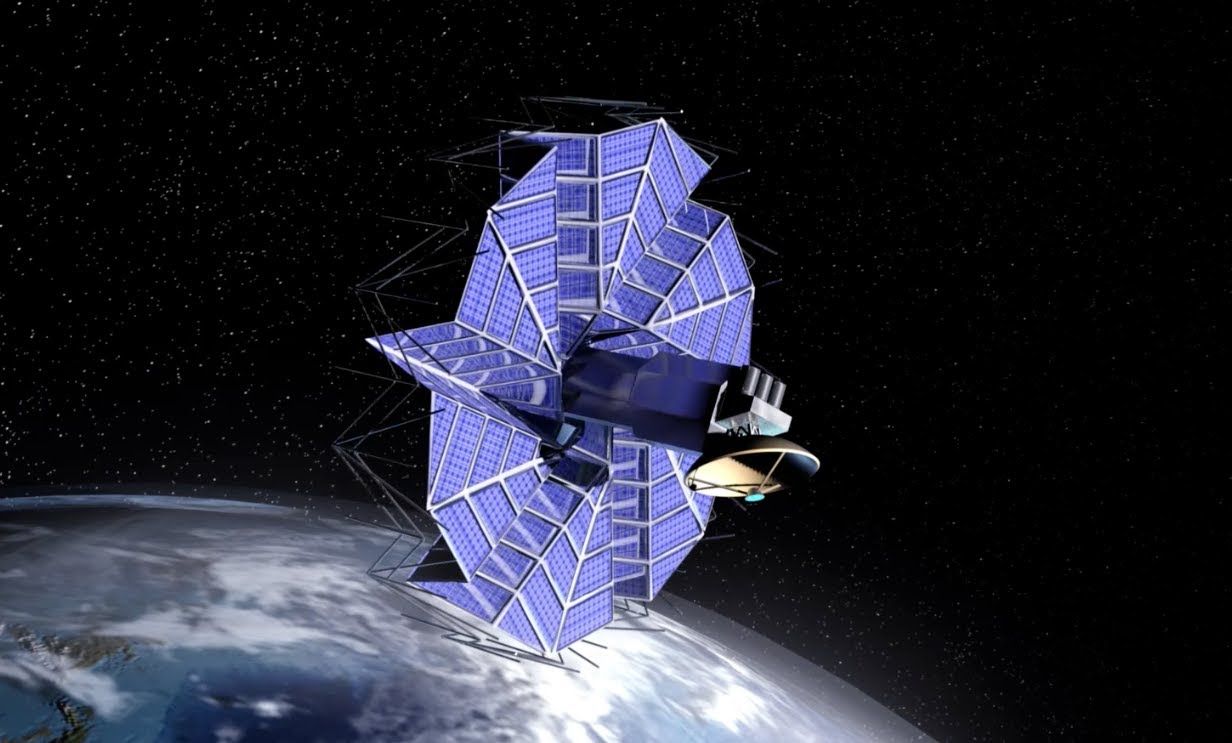
Sending stuff up to space is no easy task — even 45 years after Apollo 11. Size, weight, and cost are all massively important, so some researchers are turning to advanced origami to fold up solar arrays. The result of their two years’ worth of work is a solar array with a diameter of just 8.9 feet (2.7 meters) when folded and a massive 82 feet (25 meters) when unfurled. A 1/20th scale model of the array is what you see here.
To build the solar array, Shannon Zirbel and professor Larry Howell of Brigham Young University, and mechanical engineer Brian Trease of NASA’s Jet Propulsion Laboratory, enlisted the help of renowned origami expert Robert Lang. One of the major difficulties faced by the team is that solar arrays are not as thin as paper. “You have to rethink a lot of that design in order to accommodate the thickness that starts to accumulate with each bend,” Trease said in a press release.
Continue reading “These solar arrays fold up like origami flowers” »
Jul 11, 2018
This watch turns your arm into a touchscreen
Posted by Genevieve Klien in category: futurism
Jul 11, 2018
Open Longevity School: Summer Camp 2018
Posted by Steve Hill in categories: biotech/medical, education, food, life extension
Today we have a report from Open Longevity School: Summer Camp 2018, an initiative in Russia focused on developing a personal health and longevity strategy, Elena Milova went to investigate.
When we ask researchers when, in their opinion, the cures for aging will be ready, we often hear an optimistic answer: 20–25 years. As a well-informed optimist, I add another 10 years to this number, because wherever the therapies appear, it will take time for them to be distributed to other countries and become affordable. I will be happy if it takes less time, but what if it doesn’t? I am nearly 40, and when I add 35 years to my current age, I vividly imagine how my reflection in the mirror will show a 75-year-old lady. Honestly, I don’t want to see my body change, and it can explain why I aspire to get first-hand information about any means to slow down aging as soon as possible. Evidence-based information, of course.
Before I tell you my story of discovering how to control my aging, I must provide a disclaimer. This article does not contain any medical recommendations. The websites of the projects I will tell you about, once again, do not contain medical recommendations and cannot be independently used to make health decisions. The experience I will share, and the activities of the projects I will tell you about, are aimed at teaching you about the existing scientific knowledge about aging and interventions that have the potential to change the way we age. Whatever you decide to implement in your everyday life, please talk to your medical advisor first.
Continue reading “Open Longevity School: Summer Camp 2018” »
Jul 11, 2018
Imagine the Sun Switched Off for 24 Hours
Posted by Michael Lance in category: futurism
Jul 11, 2018
Science fiction becomes science fact as researchers create liquid metal heartbeat
Posted by Bill Kemp in categories: innovation, physics
In a breakthrough discovery, University of Wollongong (UOW) researchers have created a “heartbeat” effect in liquid metal, causing the metal to pulse rhythmically in a manner similar to a beating heart.
Their findings are published in the 11 July issue of Physical Review Letters, the world’s premier journal for fundamental physics research.
The researchers produced the heartbeat by electrochemically stimulating a drop of liquid gallium, causing it to oscillate in a regular and predictable manner. Gallium (Ga) is a soft silvery metal with a low melting point, becoming liquid at temperatures greater than 29.7C.
Jul 11, 2018
Harnessing natural gas to harvest water from the air might solve two big problems at once
Posted by Bill Kemp in category: energy
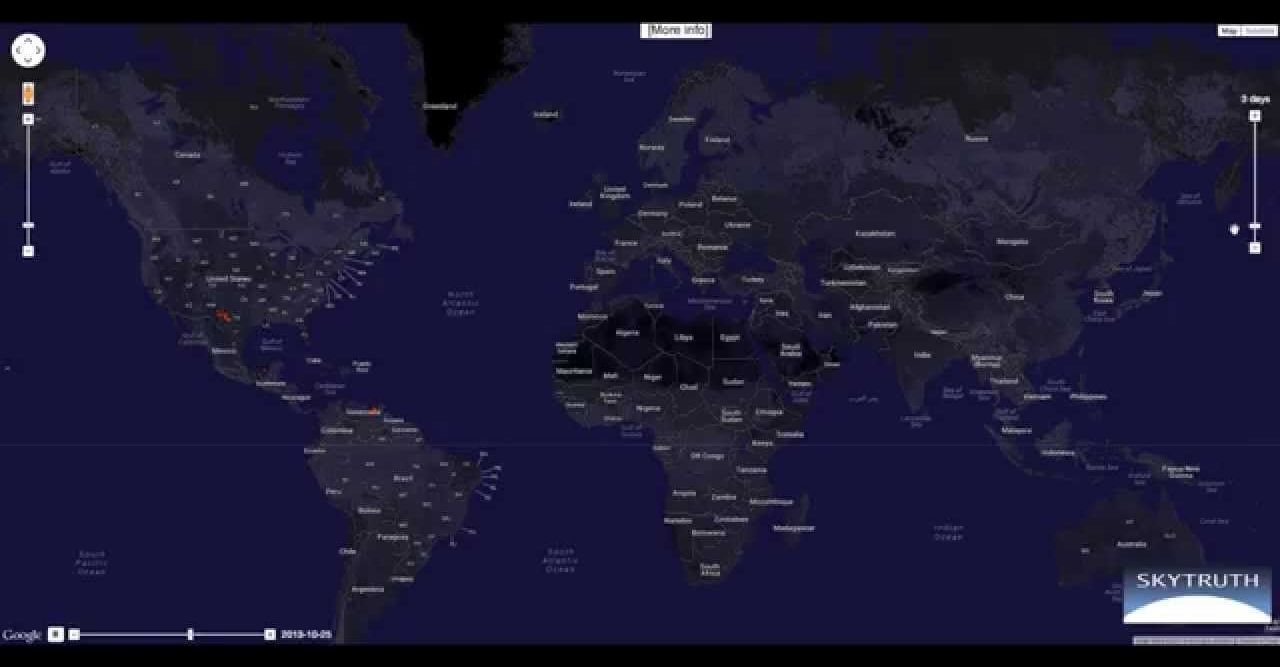
One of the biggest freshwater reservoirs in the world is, literally, up in the air.
Between 6 and 18 million gallons of freshwater hover above every square mile of land, not counting droplets trapped in clouds. Scientists realized this centuries ago but they have never quite figured out how to bring the water down to earth. The effort required to condense it would consume such vast quantities of energy that it has always appeared to make any effort to capture and use this water uneconomical.


